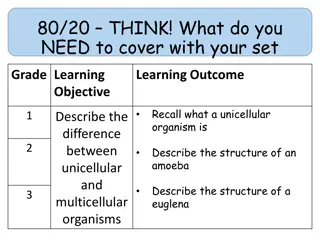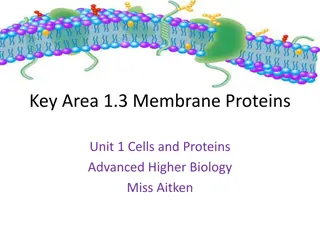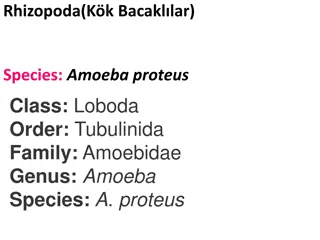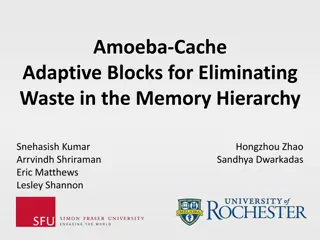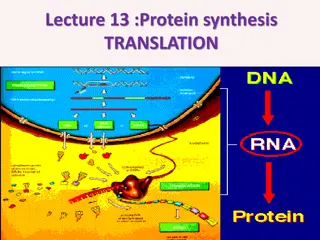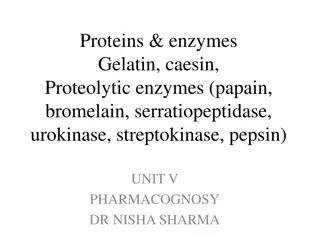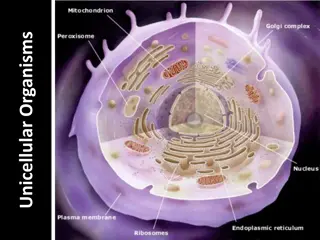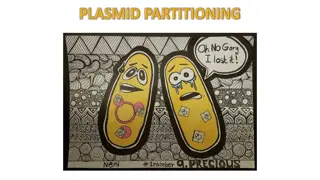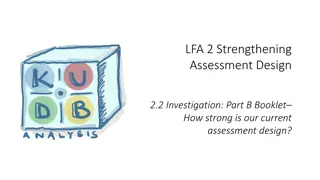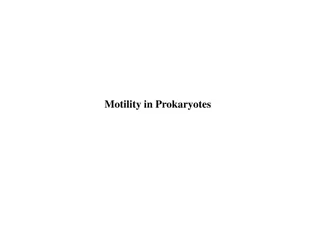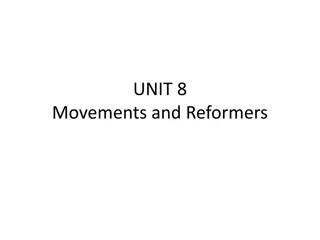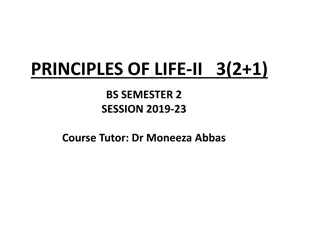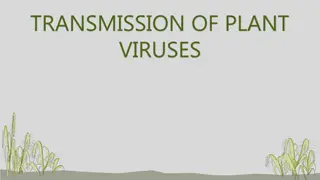Investigation into the Role of Cytoskeletal Proteins in Amoeba Movement
Amoeba cells move by forming pseudopodia, which are cellular extensions due to the cytoskeleton. A study exposed Amoeba cells to drugs disrupting cytoskeletal proteins, showing a significant effect on cell shape. Statistical analysis using Chi-Square test indicated a strong correlation between drug treatments and cell shape changes. Findings suggest that microfilaments, rather than microtubules, play a crucial role in amoeba movement by pseudopodia.
Download Presentation

Please find below an Image/Link to download the presentation.
The content on the website is provided AS IS for your information and personal use only. It may not be sold, licensed, or shared on other websites without obtaining consent from the author. Download presentation by click this link. If you encounter any issues during the download, it is possible that the publisher has removed the file from their server.
E N D
Presentation Transcript
Class Activity Amoeba cells (unicellular protest) move by forming pseudopodia (false legs), which is cellular crawling characterized by the formation of cellular extensions that pull the cell forward. Ameba cells constantly change shape as they move around by pseudopodia. Amoeba cells were treated with cytochalasin B, a drug that blocks the formation of microfilaments. Several treatments were tested to validate the effect of this drug. In each treatment, 500 random Ameba cells where examined following exposure to treatment, and their shape was noted. Cells that have lost their ability to move by pseudopodia look round under the microscope (see Figure 1 below). The results are shown in Table 2 below. 1. Draw a graph that best represents the results of this experiment. 2. Which statistical test would you use to determine whether there is significant difference between treatments? 3. What can you conclude about the role of the cytoskeleton in Amoeba movement by pseudopodia? Justify your answer. (hint: which type of cytoskeletal proteins plays the most important role in the movement and shape determination in Amoeba?)
Table 2. Effect of cytoskeletal proteins-disrupting drugs and dinitrophenol on shape determination in Amoeba cells. Permanently rounded cells (%) 3 95 Treatment No drug Cytochalasin B Colchicine (inhibits microtubule formation) Colchicine + cytochalasin B Dinitrophenol (inhibits the formation of ATP) Dinitrophenil + cytochalasin B 4 94 45 96
Pseudopodia Rounded shape Normal shape Figure 1. Shape difference between normal Amoeba cells moving by pseudopodia and cells that have lost this ability (rounded shape).
Permanently rounded cells (%) 100 80 60 40 20 0 No drug Cytochalasin B Colchicine (inhibits microtubule formation) Colchicine + cytochalasin B Dinitrophenol (inhibits the formation of ATP) Dinitrophenil + cytochalasin B Treatment Effect of cytoskeletal protein-disrupting drugs and dinitrophenol on shape determination in Amoeba cells.
Chi-Square Analysis Observed Expected 15 475 282 282 No drug Cytochalasin B Colchicine (inhibits microtubule formation) Colchicine + cytochalasin B Dinitrophenol (inhibits the formation of ATP) Dinitrophenil + cytochalasin B 20 282 282 470 225 282 282 485 P= 9.582E-195
Answers to question 3 Cytochalasin B: disrupt the formation of microfilaments. Microfilaments play a major role in determining the shape of Amoeba cells. No involvement of microtubules. ATP is needed for the function of microfilaments (high % of rounded cells treated with dinitrophenol). Since Amoeba cells move by changing shape (pseudopodia), microfilaments are also involved in movement of these cells.



